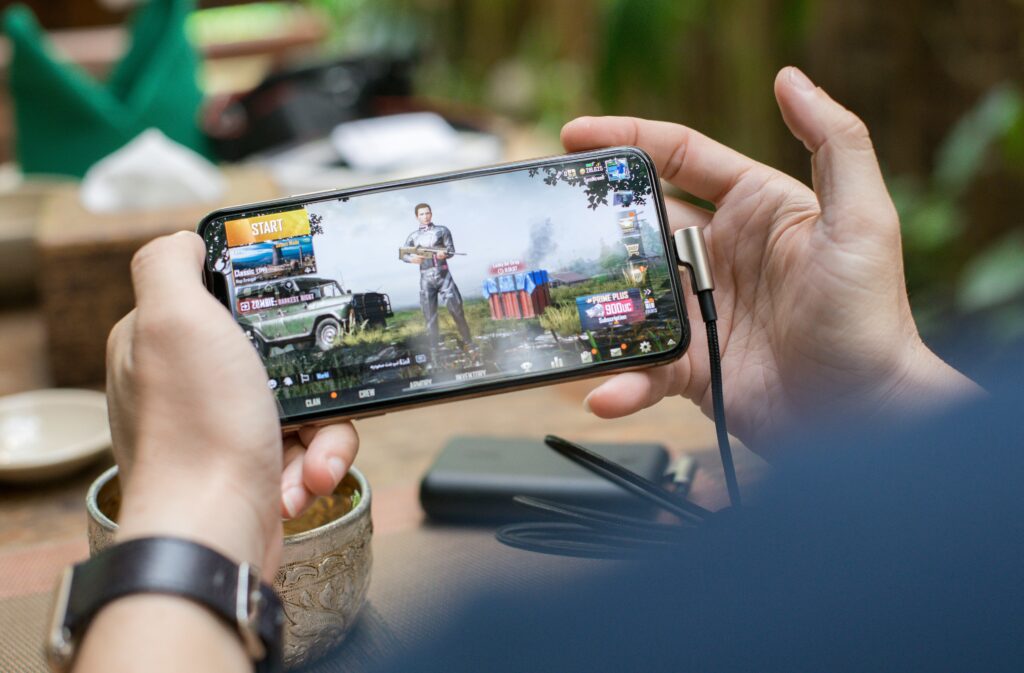
Gaming platforms have gone through many changes since the first console, the Magnavox Odyssey, was released in 1972. These changes have kept pace with technological advancements and have made for an exciting journey for gamers over the years. From the early days of arcade machines and home consoles like the Atari 2600 to today’s mobile devices, gaming barely resembles what it once did. Still, gamers look back fondly on classics like Pong and Space Invaders, which set the stage for home gaming as we know it today.
However, it wasn’t until the Nintendo Entertainment System (NES) debuted in the 1980s that gaming culture really changed. With the rise of smartphones and app stores, gaming is again undergoing significant changes. While consoles are still an important part of the gaming market, mobile gaming is poised to overtake them. In this article, we look at the shift from consoles to mobile gaming and how it is changing the way people interact with games.
The Rise of Mobile Gaming

Mobile gaming got its start in the late 2000s, with smartphones introducing gaming to an entirely new audience. After the Apple App Store launched in 2008 and the Google Play Store shortly after, mobile games like Angry Birds and Candy Crush Saga became favorites of gamers the world over.
It wouldn’t be long before casino games made their way onto mobile devices, with online casinos making it easy for players to access their favorite titles on the go or from the comfort of their homes. Slots with progressive jackpots like Mega Moolah have become popular on online platforms like Wildz Casino, where players can spin the reels in a jungle-themed setting. The success of mobile gaming has a lot to do with its accessibility and casual play; gamers can pick these titles up and, with little instruction, start playing.
Today, titles like PUBG Mobile and Clash of Clans attract millions of players globally, proving beyond a reasonable doubt that mobile gaming is here to stay.
The Golden Age of Console Gaming
Long before smartphones were a thing, game consoles dominated the gaming market. Iconic consoles like the NES, Sega Genesis, and Sony PlayStation moved gaming out of arcades and into living rooms worldwide. Many have credited the 1985 launch of the NES with saving the video game industry after the crash of 1983. What the NES did was offer high-quality, story-driven titles like Super Mario Bros. and The Legend of Zelda that were different from anything available at the time. These titles introduced a depth to gaming that many people had never imagined. Their 2D graphics, complex narratives, and interactive gameplay brought in new gamers and helped revitalize the industry by showing what was possible.
By the time the PlayStation launched in 1994, gamers had high expectations for video games, and the company delivered, with CD-ROM-based games that made it possible for developers to create games with even more detail, like Final Fantasy VII. Just like technology has helped online businesses grow, these games pushed technological boundaries, and big gaming communities sprung up around them thanks to their multiplayer gaming capabilities and exclusive franchises. There are even massive video game events held annually where gaming skills are showcased.
All of this helped lay the groundwork for the modern games we enjoy today.
Mobile Gaming’s Impact on the Industry
It’s hard to understate the impact mobile gaming has had on the wider gaming industry. Today, mobile games bring in more revenue than PC and console gaming. One reason for this is the freemium model, which lets players download games without spending a dollar and later play to remove ads or for in-game items. Smartphones have also attracted a new demographic to gaming who prefer casual games and don’t want to invest in expensive hardware like consoles or gaming PCs.


